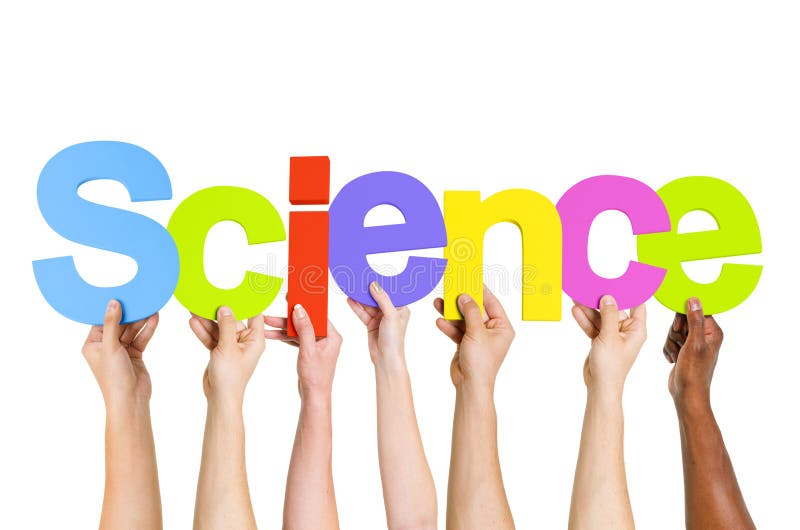Science
 Autumn 1
Autumn 1
In science this term, we are learning about Inheritance and Evolution generations of traits. To recognise that living things produce offspring of the same kind, but normally offspring vary and and are not identical to their parents.

Autumn 2
In Science 6H are learning about refraction and the direction light travels. How can we change the size and shape of a shadow? Refraction is the bending of light. It occurs when light travels from one transparent material to another The bending is caused by the change in speed of light as it passes through the materials. Refraction is seen most often when a wave passes from one transparent medium to another transparent medium. When light traveling through one material reaches a second material, some of the light is reflected, and the rest of the light enters the second material. At the point where the light enters the second material, the light will travel in a different direction than the incident light.
As light travels through a given medium, it travels in a straight line. However, when light passes from one medium into a second medium, the light path bends. Refraction takes place. The refraction occurs only at the boundary. Once the light has crossed the boundary between the two media, it continues to travel in a straight line. Only now, the direction of that line is different than it was in the former medium. If when sighting at an object, light from that object changes media on the way to your eye, a visual distortion is likely to occur. This visual distortion is witnessed if you look at a pencil submerged in a glass half-filled with water. As you sight through the side of the glass at the portion of the pencil located above the water's surface, light travels directly from the pencil to your eye. Since this light does not change medium, it will not refract. (Actually, there is a change of medium from air to glass and back into air.
Spring 1
This term, the children in 6H will be learing all about The Heart. What is the role of the heart?
What if our blood always circulated at the same speed?

Fascinating facts about blood
1. Is blood all the same colour? (Not exactly! Oxygenated blood is bright red and deoxygenated blood is dark red)
2. How long does a red blood cell live for? (4 months)
3. How many blood types do you think cows have? (800)
4. How much blood do you have inside you at any one time? (about 7% of your total weight, so an average adult has about 9 pints or 5 litres)
5. How much blood do blood donors give at any one time? (500ml or 10% of their blood)
6. How many miles/kilometres of blood vessels does a person have? (59,962 miles/96,500km – over 2 times round the world!)
7. How many blood cells does a drop of blood contain? (Millions of red blood cells & 7 to 25 thousand white blood cells (increases if you have a bad
infection.
Arteries, any of the tubes through which blood flows from the heart around the whole body.
Nutrients,a substance that provides nourishment.
Nerves, Fibres in the body that transmit impulses of sensation between the brain or spinal cord and other parts of the body.
Spring 2 In 6VH we will be learning all about Electricity. 

Electricity is created by generators which can be powered by gas, coal, oil, wind or solar.
Appliances can convert electrical energy into other types such as:
- light
- heat
- movement
- sound
Electricity is dangerous, so be careful when using electrical appliances.
Electricity is very important - we use it all of the time. It powers most of our technologies, lights up our rooms, warms us when we're cold and cools us down when we're hot.
To use electrical devices, we need to follow rules to stay safe.
Summer 2
This half term we are learning all about Carl Linneus and the way classification is used today.
![IMG_4031[1].JPG](/uploads/378/images/IMG_4031[1].JPG)
.JPG](/uploads/378/images/IMG_4030[1](1).JPG)
 Reedley Primary School
Reedley Primary School